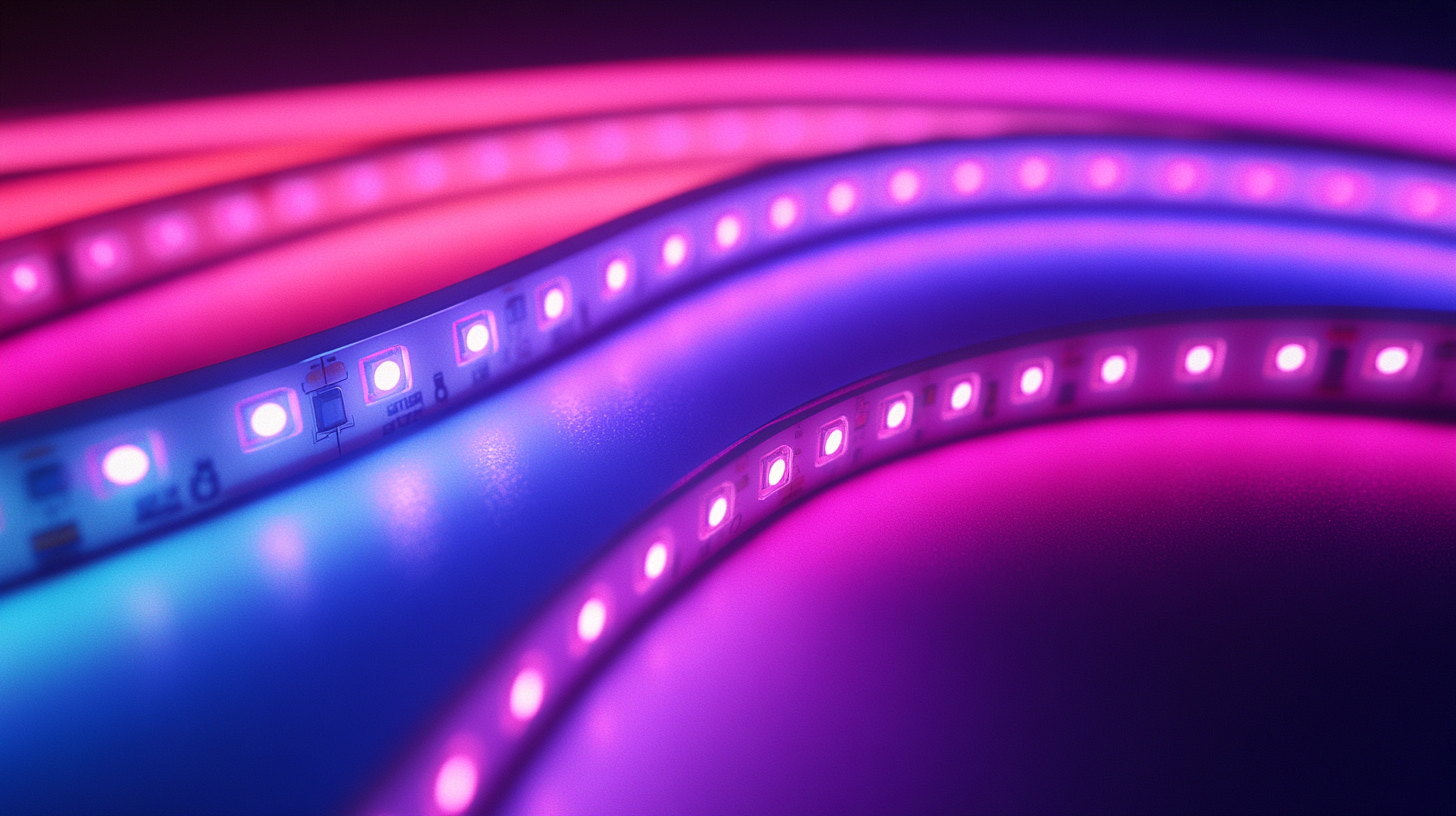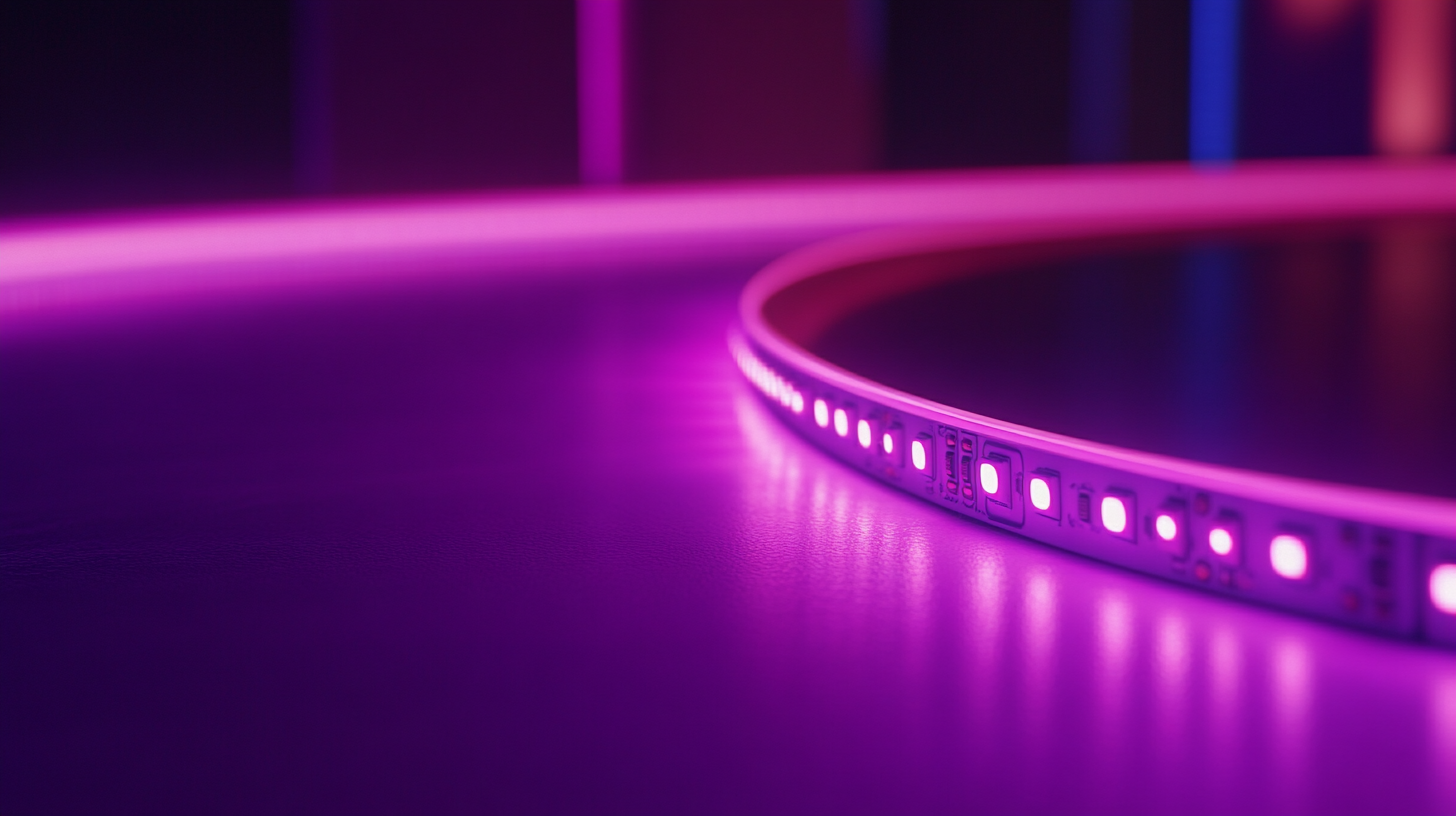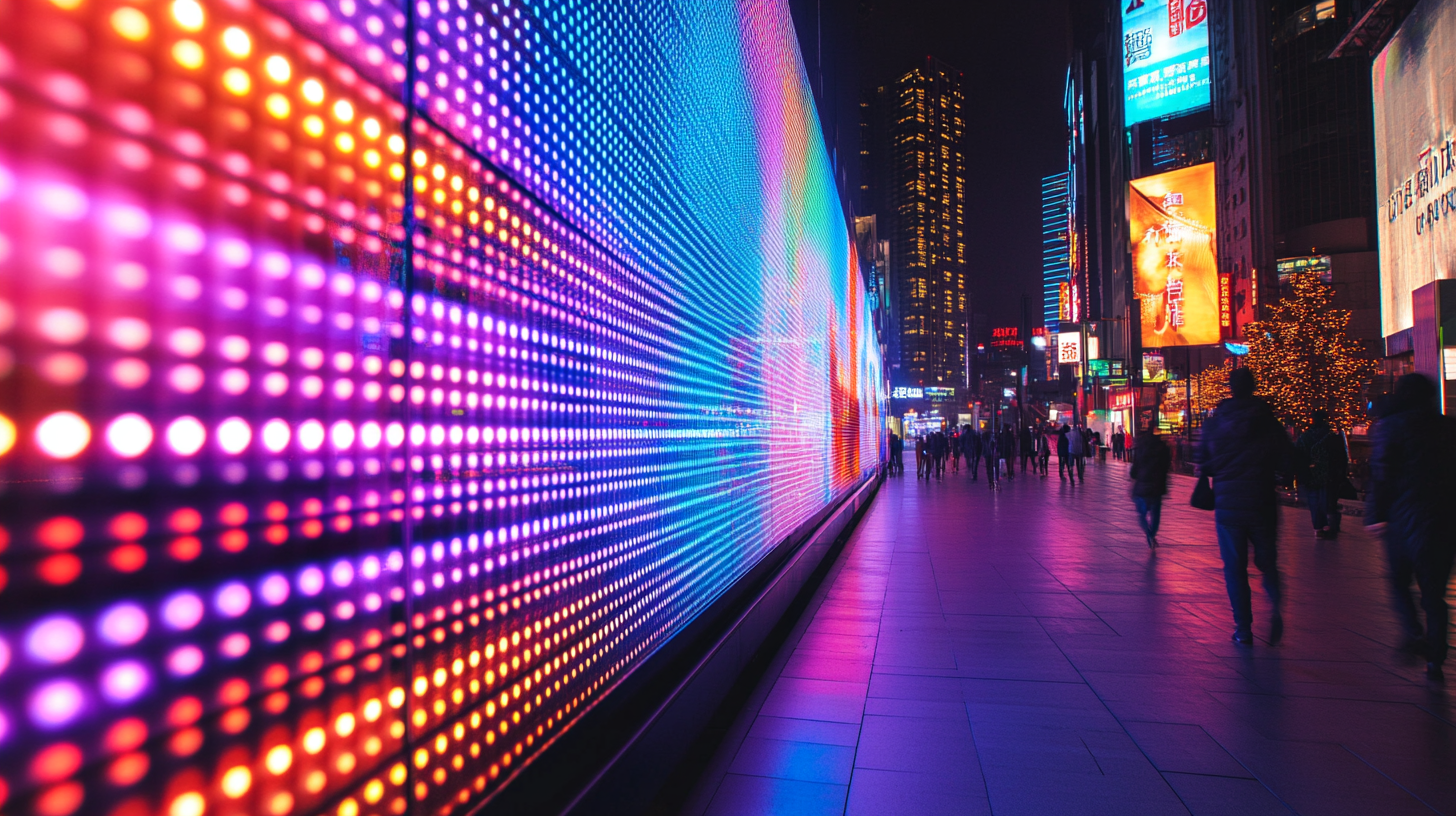Unlock the Potential of Smart Led Lightstrips for Your Global Sourcing Needs
In today's rapidly evolving technological landscape, the demand for innovative lighting solutions is at an all-time high, and Smart Led Lightstrips are at the forefront of this revolution. These versatile lighting tools offer not only the ability to enhance ambiance and design but also integrate seamlessly with smart home systems, making them the perfect choice for consumers and businesses alike. As global sourcing needs expand, understanding the benefits and applications of Smart Led Lightstrips becomes essential for leveraging their full potential across various markets.
As we explore the capabilities of Smart Led Lightstrips, it's vital to recognize their impact on aesthetics, energy efficiency, and ease of use. From enhancing retail environments to creating immersive experiences in hospitality, these lightstrips serve a multitude of purposes that make them indispensable in today’s competitive landscape. Join us as we delve into the myriad ways Smart Led Lightstrips can meet your global sourcing needs, transforming spaces and elevating user experiences while driving sustainability and innovation in lighting solutions.

Understanding Smart LED Lightstrips: Key Features and Benefits
Smart LED lightstrips have revolutionized the way we illuminate our spaces, offering both functionality and aesthetic appeal. One of the key features of these innovative solutions is their adaptability. Available in various lengths and colors, they can be customized to fit any environment, whether it's a cozy home, a bustling office, or an outdoor setting. The ability to control brightness and color through smart devices adds a layer of convenience, allowing users to create the perfect ambiance for any occasion. Another significant benefit of smart LED lightstrips is their energy efficiency. Unlike traditional lighting options, these LED solutions consume considerably less power, leading to reduced energy bills. Many models also come equipped with timers and scheduling features, enabling users to automate their lighting systems according to their daily routines. This not only conserves energy but also extends the lifespan of the lights, making them a cost-effective choice in the long run. Moreover, the integration of smart technology enables compatibility with various home automation systems. Users can control their lightstrips through voice commands, ensuring seamless operation. Additionally, the possibility of linking them with other smart devices means that users can create complex lighting scenarios that react to different stimuli, enhancing overall home security and entertainment experiences. As businesses look to source innovative solutions globally, smart LED lightstrips represent a cutting-edge lighting option that meets diverse consumer demands while promoting sustainability.

Exploring Global Sourcing Options for Smart LED Products
In recent years, smart LED light strips have emerged as a versatile and innovative solution for both residential and commercial spaces. As the demand for energy-efficient and customizable lighting solutions grows, global sourcing options for these products have become increasingly important. By exploring various suppliers and manufacturers around the world, businesses can find the ideal smart LED light strips that meet their specific needs and budget.
One key advantage of global sourcing is the access to a wider range of technology and designs. Many countries specialize in advanced LED technology, which means that sourcing from these regions can yield products with enhanced features, such as app control, RGB color variations, and integration with smart home systems. Companies can leverage their global networks to identify suppliers who offer high-quality products while maintaining competitive pricing, allowing them to stand out in the growing market.
Additionally, engaging in global sourcing helps to foster innovation and sustainability. By collaborating with manufacturers who prioritize eco-friendly practices and materials, businesses can ensure that their products not only meet consumer demand but also contribute to a greener future. As the smart lighting industry continues to evolve, understanding the intricacies of global sourcing will be critical for companies looking to unlock the full potential of smart LED light strips and enhance their product offerings.

Cost-Benefit Analysis: Investing in Smart LED Lightstrips
When considering global sourcing needs, one must evaluate the cost-benefit scenario of incorporating smart LED lightstrips into their operations. The initial investment might seem steep at first glance; however, the long-term advantages can significantly outweigh these upfront costs. Smart LED lightstrips provide enhanced functionality through features such as remote control, customizable lighting options, and energy efficiency. These qualities not only elevate the aesthetic appeal of spaces but also allow businesses to optimize energy usage, thereby reducing utility expenses.
Moreover, the advanced technology embedded in smart LED lightstrips facilitates better control over lighting systems. Businesses can program their lighting to align with specific operational schedules, ensuring lights are only used when needed. This level of precision leads to considerable savings over time, particularly for companies with large facilities or those operating in multiple global locations. Additionally, smart lightstrips often come with longer lifespans compared to traditional lighting solutions, translating into reduced replacement costs and lower maintenance efforts.
In a global sourcing framework, the adaptability of smart LED lightstrips can greatly enhance brand visibility and customer engagement. By creating dynamic and flexible lighting environments, companies can tailor experiences that resonate with diverse markets. Thus, investing in smart LED lightstrips is not merely about cutting costs; it is also about fostering innovation and enhancing operational flexibility in a competitive landscape.

Innovative Applications of Smart LED Lightstrips in Various Industries
Smart LED light strips are transforming industries with their versatility and innovative applications. These adaptable lighting solutions are becoming essential in sectors ranging from retail to healthcare, enabling businesses to enhance their environments and improve customer experiences. In retail, for example, smart LED light strips can be used to create dynamic displays that adjust colors and brightness to highlight specific products, enticing customers and guiding their purchasing decisions.
In the hospitality industry, the mood and ambiance of spaces can be dramatically altered with smart LED technology. Hotels and restaurants are utilizing these light strips to set the tone for various times of the day, creating calming atmospheres for breakfast and vibrant settings for evening dining. Additionally, smart LED light strips can be integrated into the overall smart home environment, allowing guests to personalize lighting to their preference, further enhancing their stay.
Healthcare facilities are also reaping the benefits of smart LED light strips, utilizing adjustable lighting to promote patient well-being. Studies show that appropriate lighting can aid in reducing anxiety and improving overall mood in hospitals. By installing smart LED strips in waiting areas and patient rooms, healthcare providers can create a more soothing environment that adapts to the needs of patients and staff alike, ultimately leading to better outcomes and satisfaction.
Navigating Quality Control and Supplier Relationships in Sourcing LED Lightstrips
In the ever-evolving landscape of global sourcing, LED lightstrips have emerged as a popular choice for both residential and commercial applications. However, the challenge lies in navigating the intricacies of quality control and supplier relationships. To ensure that you’re sourcing the right products, it’s imperative to establish robust communication channels with your suppliers. Regular updates on manufacturing processes, material sourcing, and compliance with international standards can help maintain transparency and build trust.
Quality control is another critical aspect of sourcing LED lightstrips. Implementing stringent quality assurance protocols will enable you to evaluate the products before they reach the end consumer. This includes conducting factory audits and product inspections, as well as testing samples from potential suppliers. By prioritizing these practices, you’ll not only ensure a consistent product quality but also mitigate risks associated with defects and non-compliance.
Developing strong relationships with suppliers is equally essential. A collaborative approach fosters a deeper understanding of each party's capabilities and expectations. Engaging in regular feedback sessions and sharing insights about market trends can help adjust production schedules and product specifications as needed. By nurturing these relationships, businesses can enhance their operational efficiency and responsiveness to shifting market demands, ultimately unlocking the full potential of smart LED lightstrips in their sourcing endeavors.

